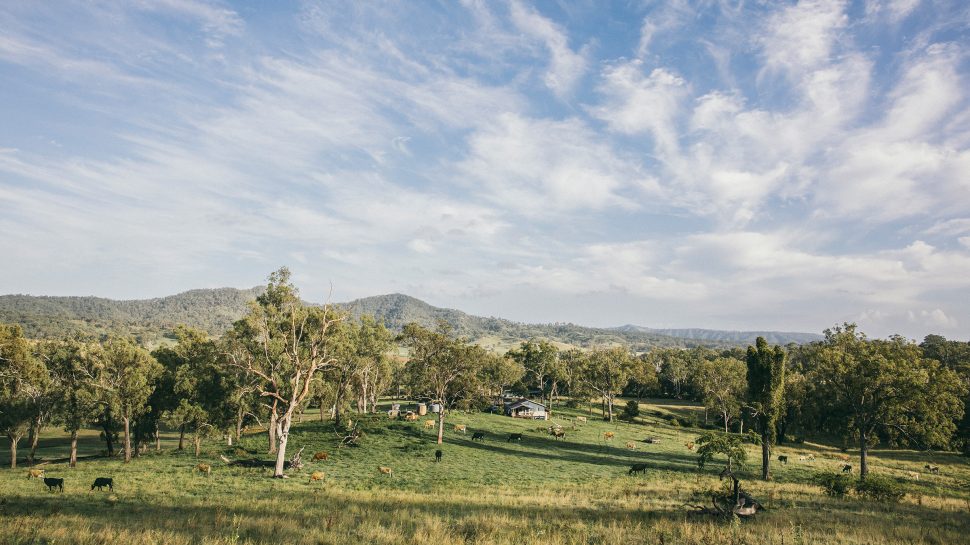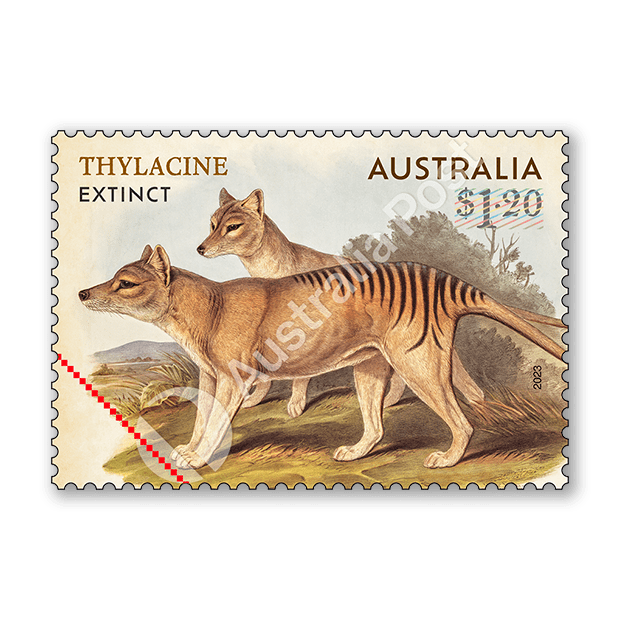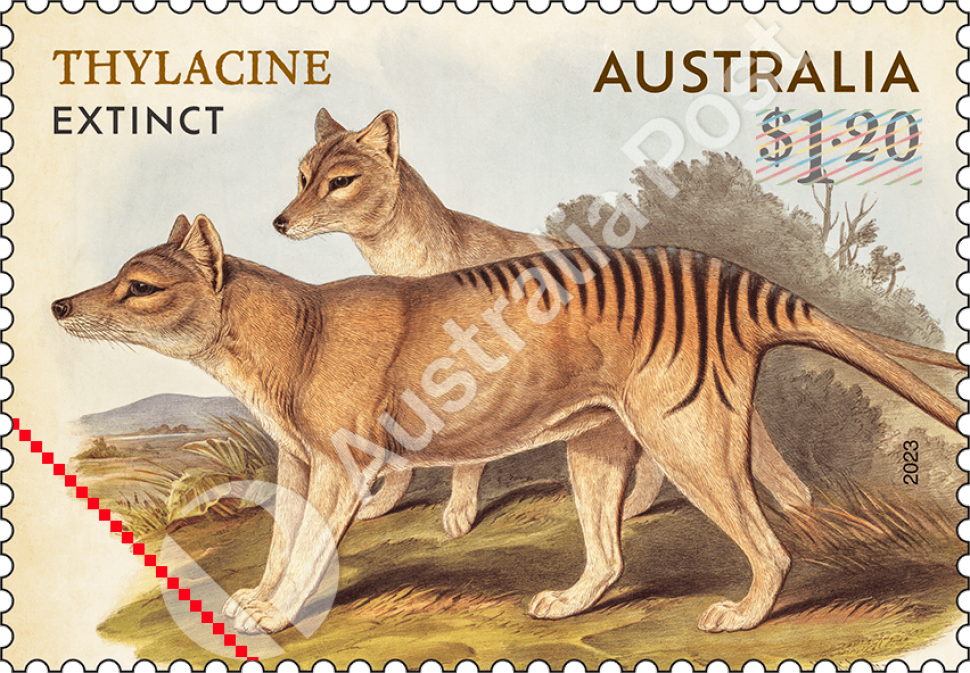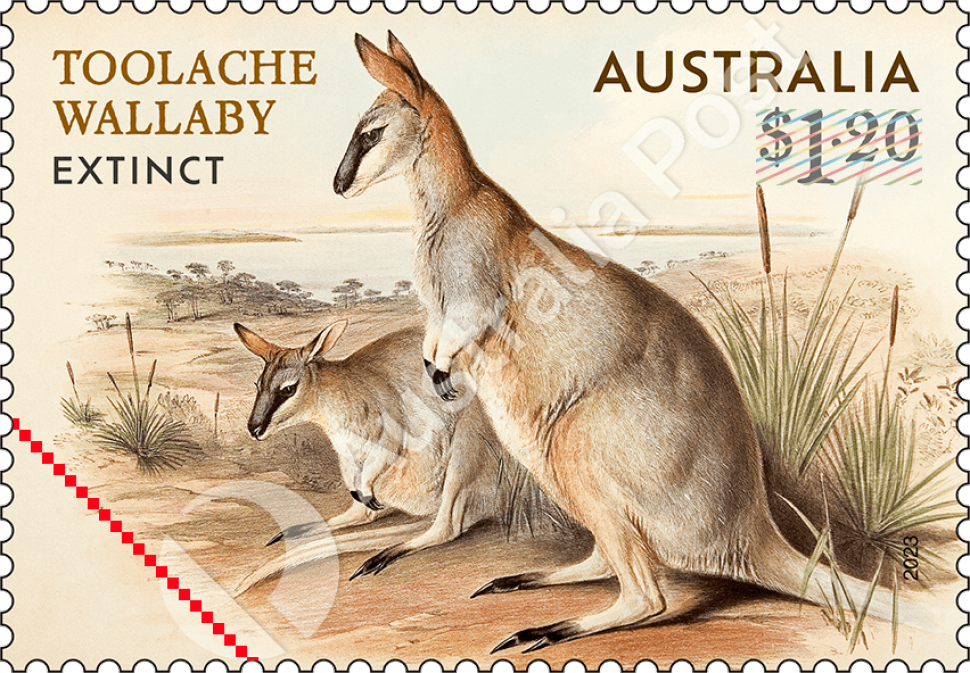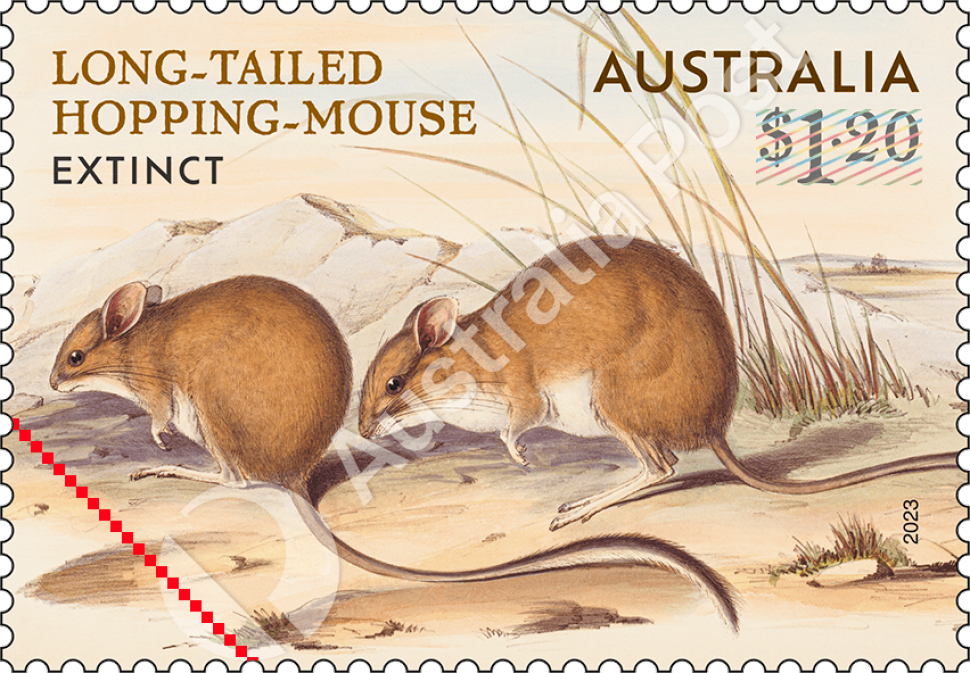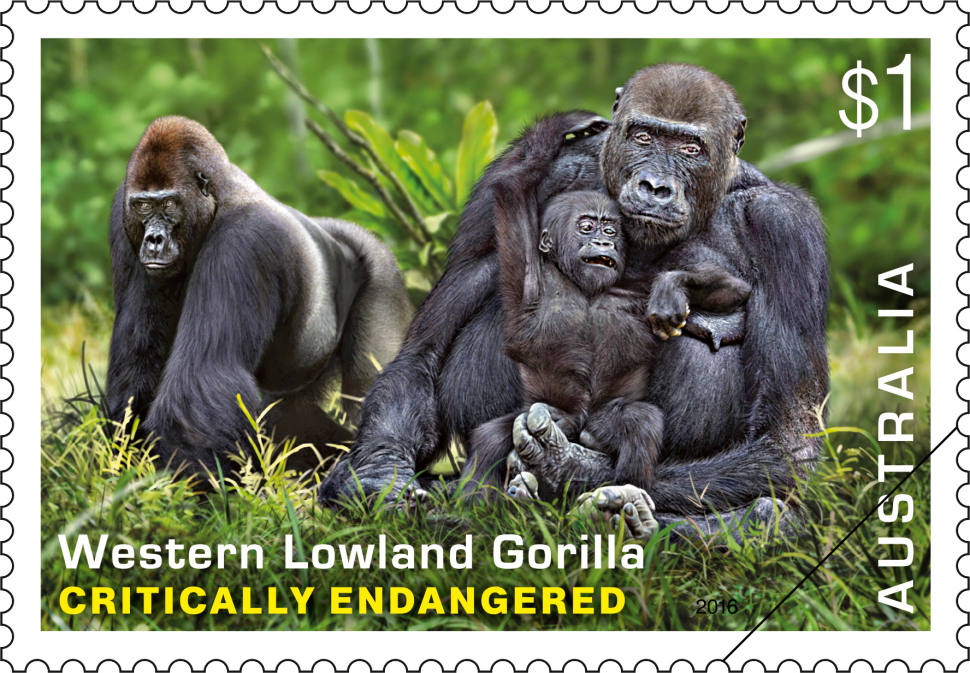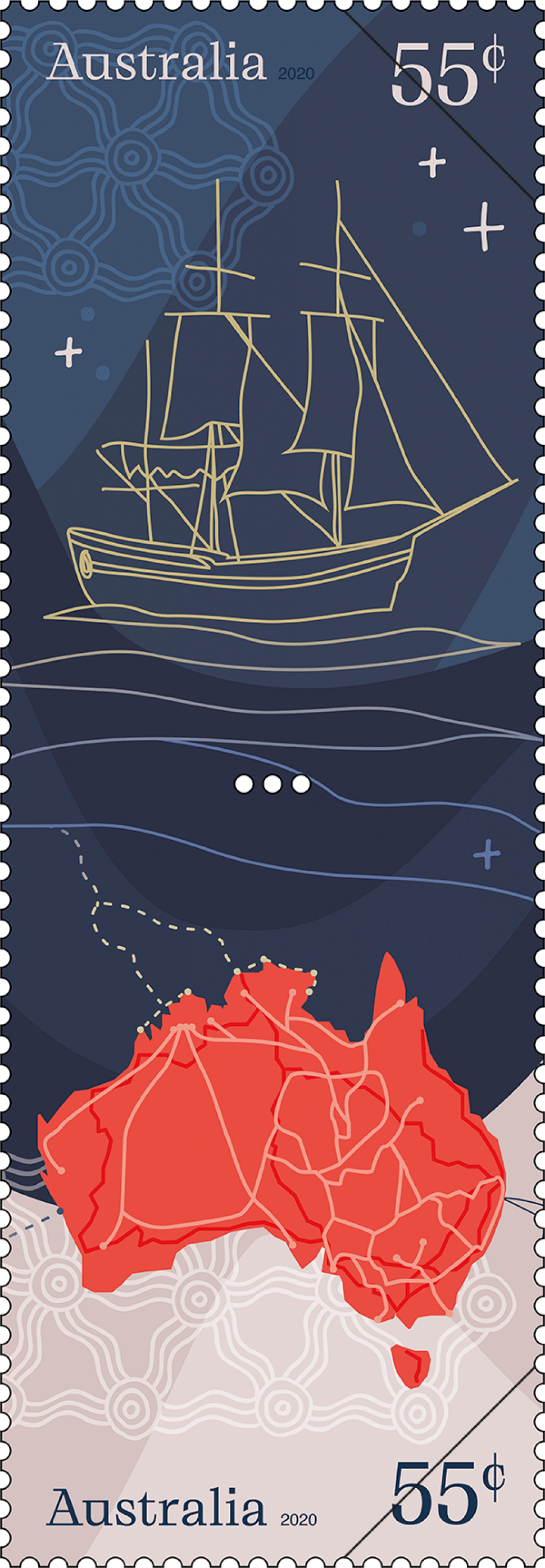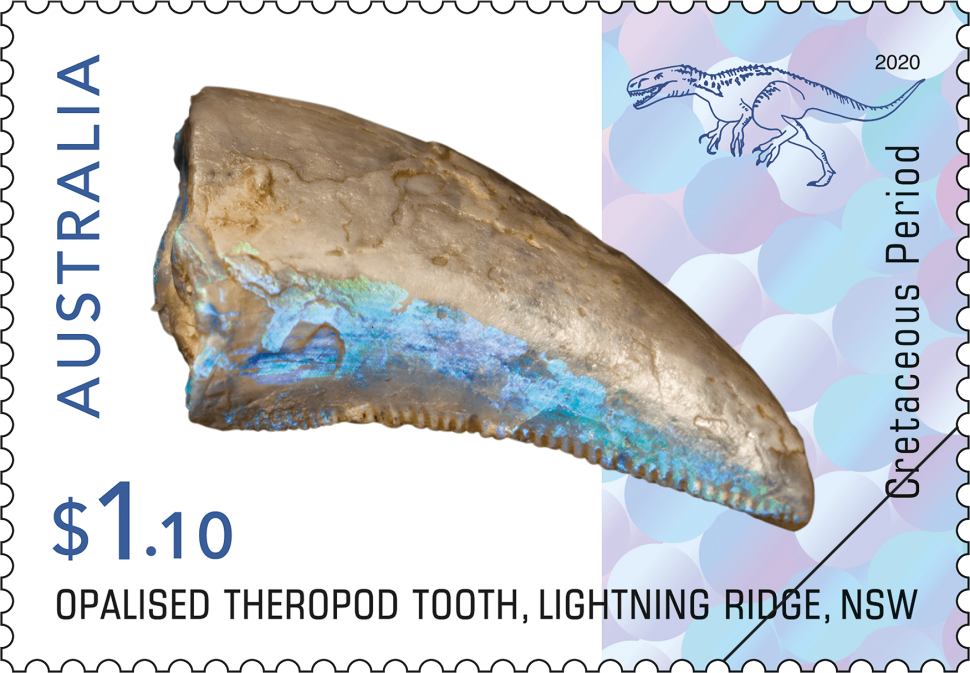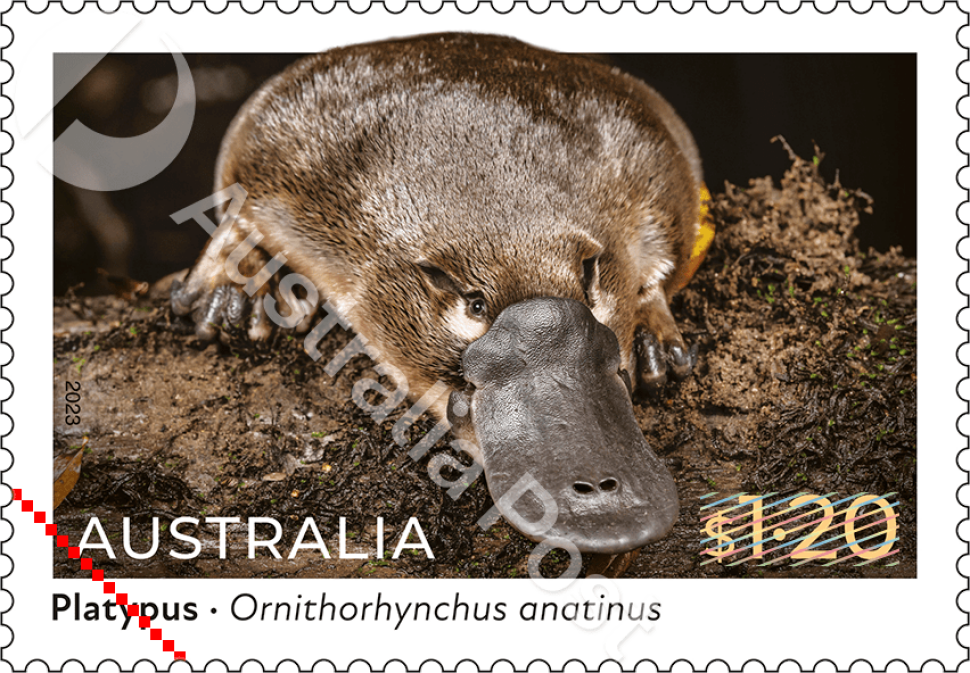Overview
Australia has a very poor record when it comes to extinctions. A recent review coordinated by academics from Charles Darwin University found that the number of formally recognised extinctions since European colonisation of Australia is one seaweed, 38 vascular plants, 10 invertebrates, four frogs, one reptile, nine birds and 34 mammals. The loss rate for mammals is far higher than for any other continent over this period.
Australia’s modern environmental protection legislation was established in 1999. However, that legislation has not necessarily curbed all pressures on threatened species: for example, around 8 million hectares of threatened species' habitats were cleared between 2000 and 2017. The massively destructive bushfires of 2019/20 burnt at least 10 per cent of the distribution of at least 300 threatened plants and animals.
This stamp issue features three extinct Australian mammals: the Thylacine, the Toolache Wallaby and the Long-tailed Hopping-mouse. The reasons for their extinctions encompass some of the key reasons for mammal extinctions since British colonisation, including hunting by humans, often encouraged by government bounties; introduced species; habitat destruction; and climate change. The illustrations featured are lithographs by HC Richter and John Gould, from John Gould’s significant work, first published in 1863, The Mammals of Australia.
Technical specifications
- Issue date
- 1 June 2023
- Issue withdrawal date
- 1 January 2024
- Denomination
- $1.20 x 3
- Stamp design
- Sonia Young, Australia Post Design Studio
- Product design
- Sonia Young, Australia Post Design Studio
- Paper: gummed
- Tullis Russell 104gsm Red Phosphor/Blue PVA Stamp Paper
- Paper: self-adhesive
- Tullis Russell Red Phos PSA (P55) 100gsm Release
- Printer
- EGO
- Printing process
- Offset lithography
- Stamp size (mm)
- 37.5 x 26
- Minisheet size (mm)
- 135 x 80
- Perforations
- 13.86 x 14.6
- Sheet layout
- Sheet of 50 (2 x 25 no design in gutter)
- FDI Postmark
- Hobart TAS 7000
- FDI withdrawal date
- 30 June 2023
$1.20 Thylacine
Perhaps the most famous of Australia’s extinct animals, the Thylacine (or Tasmanian Tiger, Thylacinus cynocephalus) was the world’s largest carnivorous marsupial and the only member of the Thylacinidae family to survive into modern times. It was not a tiger or a wolf but a pouched animal related to kangaroos.
Although the precise reasons for extinction from mainland Australia around 3,000 years ago are not known, the Thylacine appears to have declined as a result of competition with the Dingo and possible hunting by humans. The introduction of dogs by European settlers probably accelerated its extinction from Tasmania, and a distemper-type disease played a role, but the main cause was hunting by humans, encouraged by an official government bounty scheme between 1888 and 1909, introduced due to a misleading perception of the Thylacine as an aggressive pest and claims that it preyed on sheep and poultry (when in reality, it preferred kangaroos and other marsupials, as well as small rodents and birds).
The last known Thylacine is thought to have been killed in the wild in 1930, and the last known surviving animal in captivity died in Beaumaris Zoo, Hobart, in 1936. Although there was a conservation movement pressing for the Thylacine 's protection since 1901, protection didn’t come into force until around two months before the last known animal died in captivity, in 1936. A recent research study suggests that the Thylacine may have lasted longer in the wild, but not all view this as likely or credible.
The stamp image is from the collections of the National Library of Australia.
$1.20 Toolache Wallaby
Originally named Grey’s Wallaby, after explorer and South Australian governor Sir George Grey (1812–98), the Toolache Wallaby (Notamacropus greyi) was an elegant, slender wallaby, with prominent black markings from the nose to the eye and on the toes: it was considered the most beautiful of Australia’s kangaroos and wallabies. Sadly, its beautiful fur made it a target for hunting. Habitat decline was also a major factor in its extinction; much of its habitat was cleared and converted to pastoral land in the 1880s.
At the time of European settlement, the Toolache Wallaby occupied areas in south-eastern South Australia and into western Victoria. By 1910, populations had been reduced to a few scattered colonies in areas along the South Australian coast and near Mt Gambier. By 1924 only one small group was known to survive. An attempt was made to transfer some of the population to a sanctuary on Kangaroo Island, but this failed. The last known survivor died in captivity in Robe, South Australia, in 1939.
The stamp image is from the collections of the State Library of South Australia.
$1.20 Long-tailed Hopping-mouse
Australia has many native rodents, including a distinctive suite of ten hopping-mice, all characterised by long tails, long back legs, and a rapid hopping gait. Five of these are now extinct. The Long-tailed Hopping-mouse (Notomys longicaudatus) was one of the largest, weighing around 100 grams.
The Long-tailed Hopping-mouse was formerly distributed across much of inland Australia, in arid and semi-arid regions in Western Australia, New South Wales and the Northern Territory, where habitat included wattles, eucalypts, low shrubs and grasslands. This burrowing species had an ingenious way of collecting water, building layers of excess soil from its burrowing, which collected moisture above-ground.
No living individuals have been recorded since 1901. Introduced predators (cats and foxes) were the main cause of extinction, but other contributing factors may have included habitat alteration due to changed fire regimes and habitat degradation due to livestock.
The stamp image is from the collections of the National Library of Australia.
Shop our stamp collectables
Set of stamps:
Set of Extinct Mammals Gummed Stamps
This set of stamps contains all three stamps from the Extinct Mammals stamp issue.

Stamp pack:
Extinct Mammals Stamp Pack
The Extinct Mammals stamp pack contains all three stamps and minisheet from the stamp issue presented in a high-quality folder.
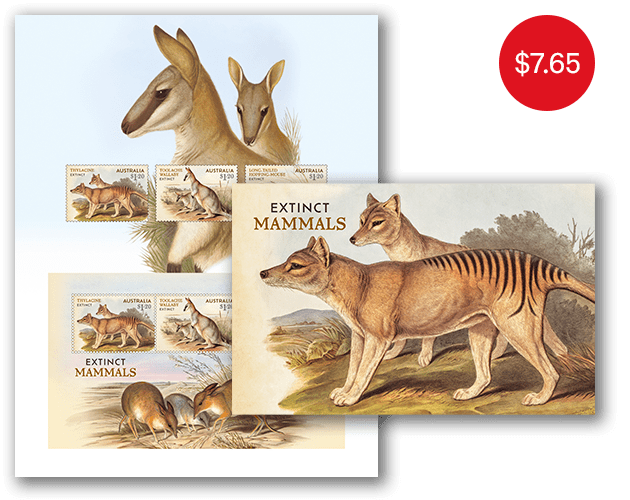
Minisheet:
Extinct Mammals Minisheet
The Extinct Mammals minisheet consists of the three stamps from the issue incorporated into a miniature stamp sheet.

Maxicard set:
Set of Extinct Mammals Maxicards
This maxicard set contains the three maxicards from the Extinct Mammals stamp issue
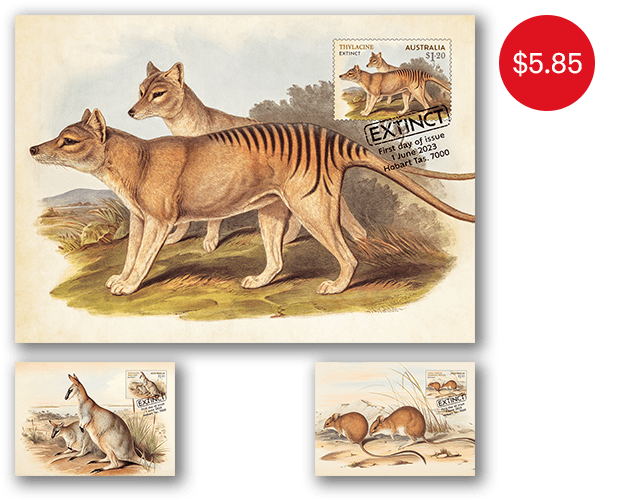
- Set of stamps
- Stamp pack
- Minisheet
- Maxicard set
Additional collectables:
- Booklet of 10x Extinct Mammals Stamps
- Gutter Strip of 10x $1.20 Thylacine Stamps
- Gutter Strip of 10x $1.20 Toolache Wallaby Stamps
- Gutter Strip of 10x $1.20 Long-Tailed Hopping-Mouse Stamps
- Chequebook of 200x Extinct Mammals Stamps
- Extinct Mammals First Day Cover (Gummed Stamps)
- Extinct Mammals First Day Cover (Minisheet)
This content was produced at the time of the stamp issue release date and will not be updated.
